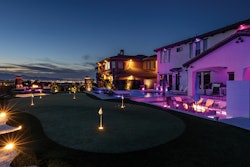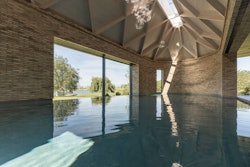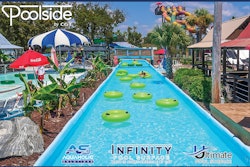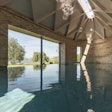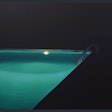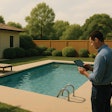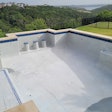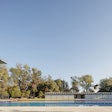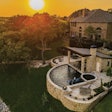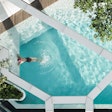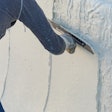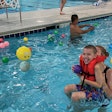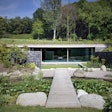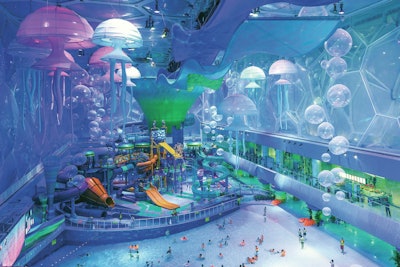
The 2008 Summer Olympics in Beijing was a highlight in the swimming world — 24 world records were broken and Michael Phelps took home eight gold medals. These events were held at the Beijing National Aquatic Centre, colloquially known as the Water Cube.
Despite the grandeur of the Olympic games, the stadiums, facilities and other structures built to host Olympic events are often abandoned once the games are over. In an attempt to avoid a similar fate, developers renovated the interior of the Water Cube to transform it into a water park.


The Happy Magic Water Park opened in August 2010 on the two-year anniversary of the start of the 2008 Olympic Games. Renovations took 10 months to complete and cost 200 million yuan (about $51 million).
RELATED: After the Olympic Crowds Went Home
Inside, Olympic insignias were replaced with giant, floating jellyfish. In lieu of competition-sized swimming pools, the water park boasts water-based attractions, including a wave pool, a lazy river and a 40-foot freefall drop in a plastic tube. The walls are decorated with a bubble pattern reminiscent of the exterior of the building. It is currently Asia's largest indoor waterpark and is considered a top tourist attraction in Beijing.
The other half of the Water Cube retains its original purpose as a competitive facility and hosts international swimming and diving competitions throughout the year. It will even see Olympic athletes again for the 2022 Olympic curling competition. (Beijing is the first city in Olympic history to host both the summer and winter games.)


























